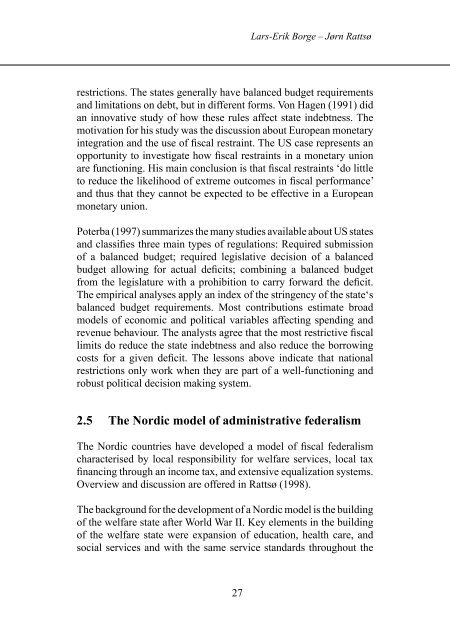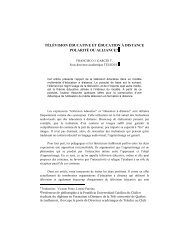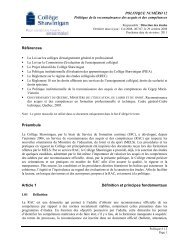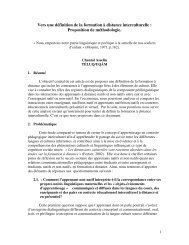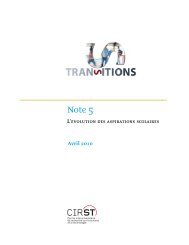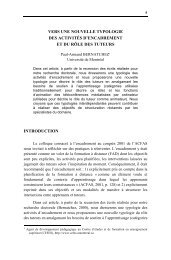61 Rethinking local government: Essays on municipal reform - VATT
61 Rethinking local government: Essays on municipal reform - VATT
61 Rethinking local government: Essays on municipal reform - VATT
You also want an ePaper? Increase the reach of your titles
YUMPU automatically turns print PDFs into web optimized ePapers that Google loves.
Lars-Erik Borge – Jørn Rattsørestricti<strong>on</strong>s. The states generally have balanced budget requirementsand limitati<strong>on</strong>s <strong>on</strong> debt, but in different forms. V<strong>on</strong> Hagen (1991) didan innovative study of how these rules affect state indebtness. Themotivati<strong>on</strong> for his study was the discussi<strong>on</strong> about European m<strong>on</strong>etaryintegrati<strong>on</strong> and the use of fiscal restraint. The US case represents anopportunity to investigate how fiscal restraints in a m<strong>on</strong>etary uni<strong>on</strong>are functi<strong>on</strong>ing. His main c<strong>on</strong>clusi<strong>on</strong> is that fiscal restraints ‘do littleto reduce the likelihood of extreme outcomes in fiscal performance’and thus that they cannot be expected to be effective in a Europeanm<strong>on</strong>etary uni<strong>on</strong>.Poterba (1997) summarizes the many studies available about US statesand classifies three main types of regulati<strong>on</strong>s: Required submissi<strong>on</strong>of a balanced budget; required legislative decisi<strong>on</strong> of a balancedbudget allowing for actual deficits; combining a balanced budgetfrom the legislature with a prohibiti<strong>on</strong> to carry forward the deficit.The empirical analyses apply an index of the stringency of the state‘sbalanced budget requirements. Most c<strong>on</strong>tributi<strong>on</strong>s estimate broadmodels of ec<strong>on</strong>omic and political variables affecting spending andrevenue behaviour. The analysts agree that the most restrictive fiscallimits do reduce the state indebtness and also reduce the borrowingcosts for a given deficit. The less<strong>on</strong>s above indicate that nati<strong>on</strong>alrestricti<strong>on</strong>s <strong>on</strong>ly work when they are part of a well-functi<strong>on</strong>ing androbust political decisi<strong>on</strong> making system.2.5 The Nordic model of administrative federalismThe Nordic countries have developed a model of fiscal federalismcharacterised by <str<strong>on</strong>g>local</str<strong>on</strong>g> resp<strong>on</strong>sibility for welfare services, <str<strong>on</strong>g>local</str<strong>on</strong>g> taxfinancing through an income tax, and extensive equalizati<strong>on</strong> systems.Overview and discussi<strong>on</strong> are offered in Rattsø (1998).The background for the development of a Nordic model is the buildingof the welfare state after World War II. Key elements in the buildingof the welfare state were expansi<strong>on</strong> of educati<strong>on</strong>, health care, andsocial services and with the same service standards throughout the27


